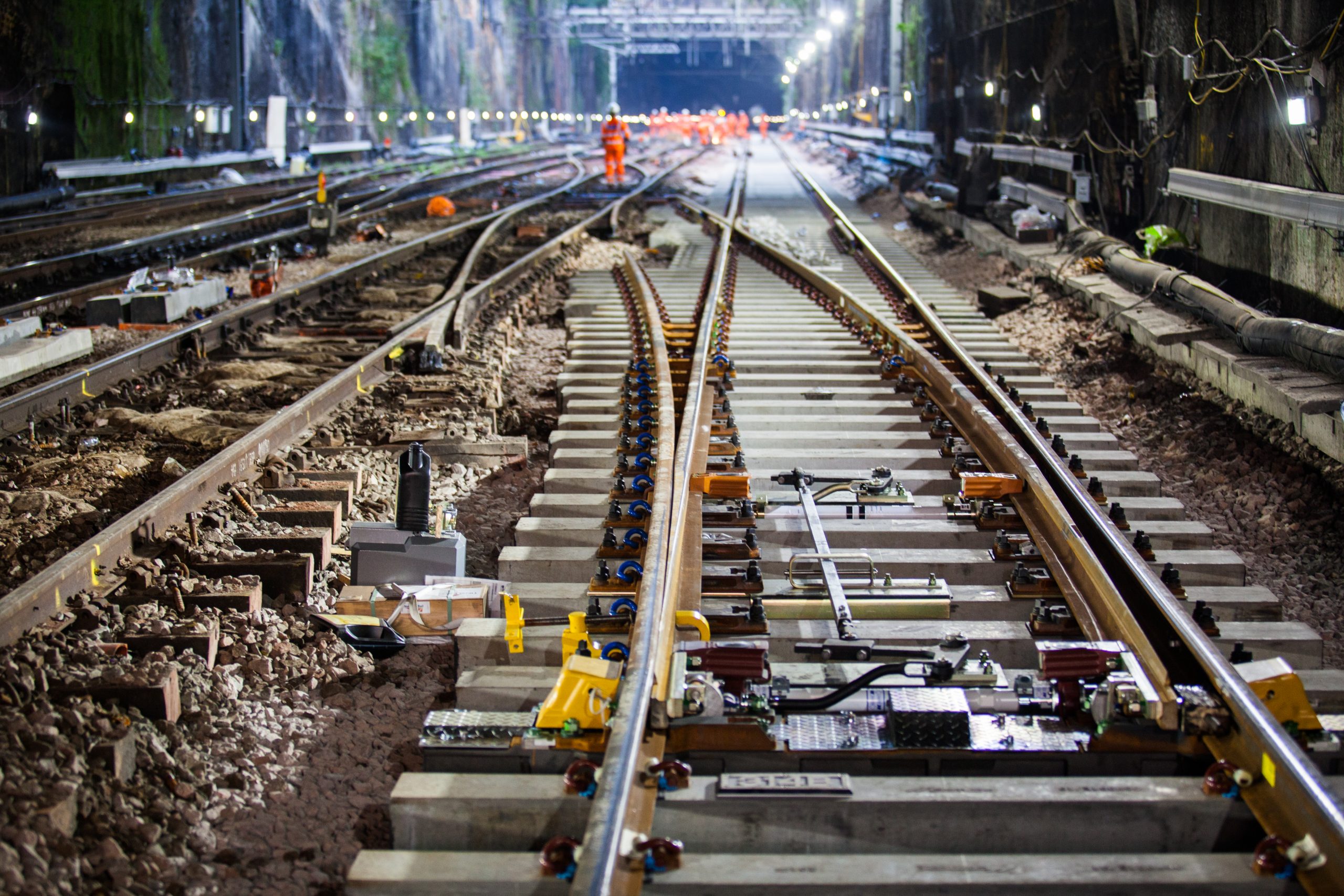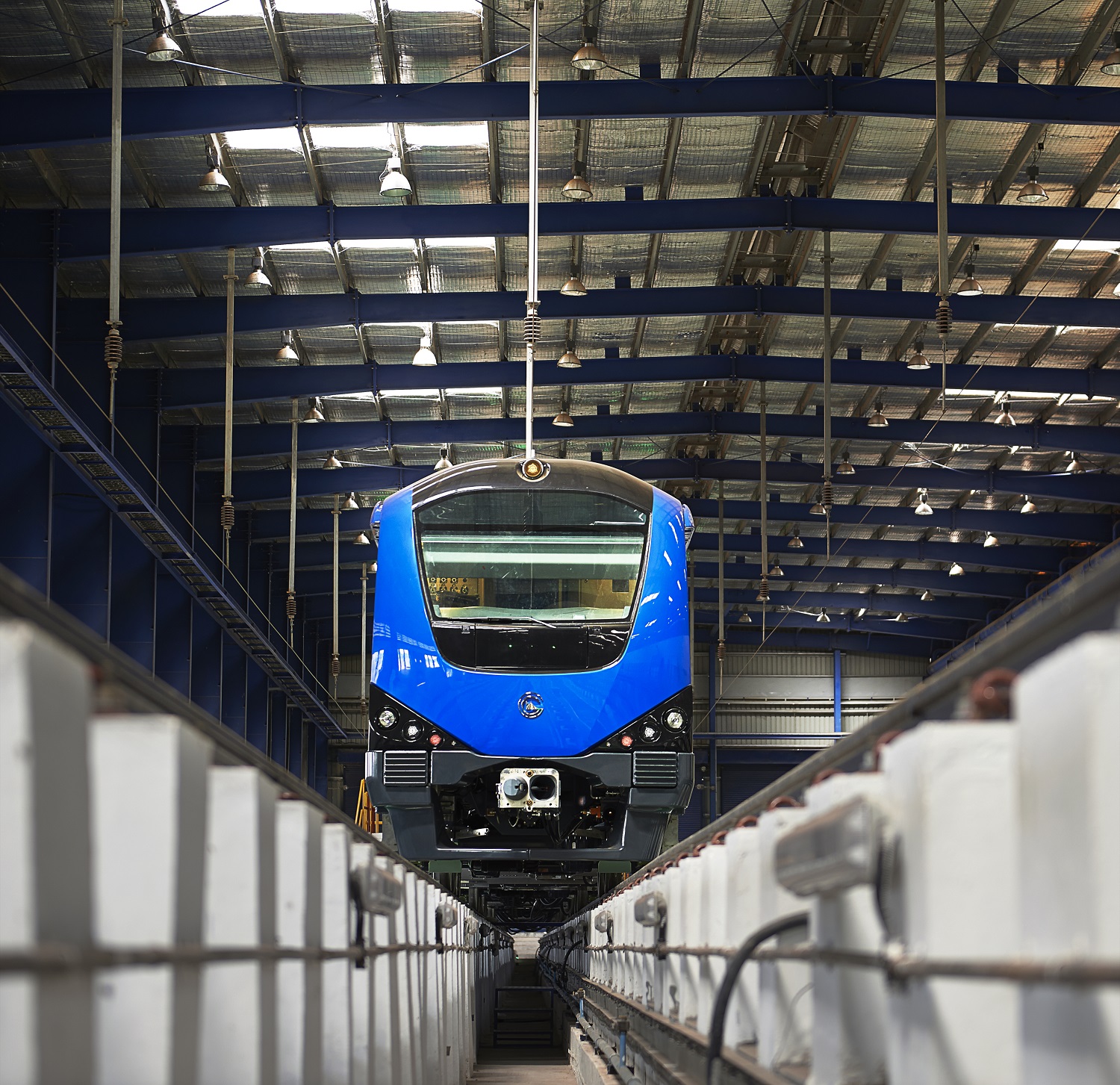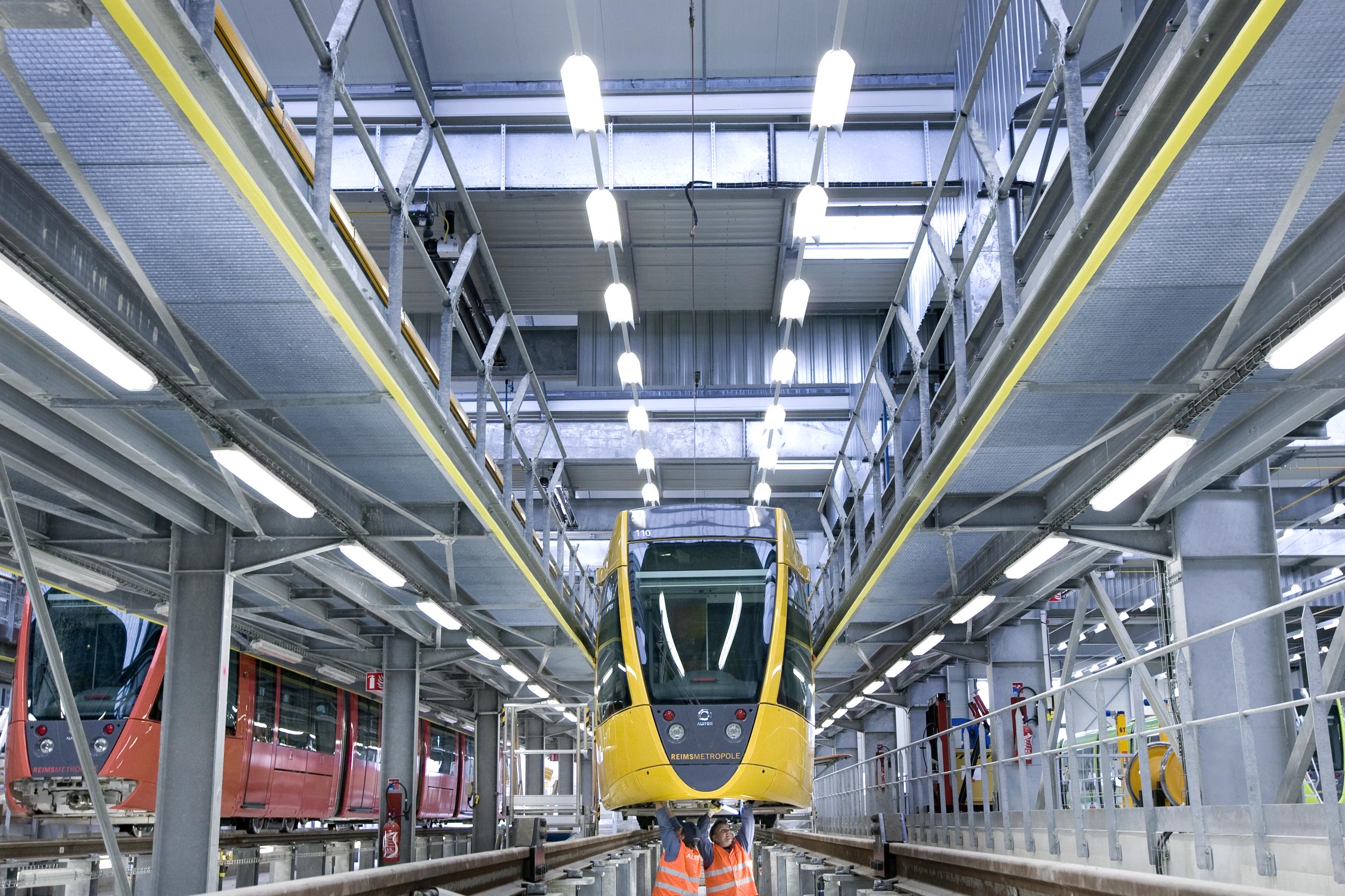Metro rail systems have revolutionized urban transportation in many parts of the world, providing a safe, efficient, and sustainable mode of transportation to millions of people every day. However, regular maintenance and upkeep are critical to ensure that the metro rail systems operate smoothly and provide a comfortable and safe travel experience. This article will explore the various aspects of metro rail maintenance, including its importance, types, best practices, challenges, and future trends.
Importance of Metro Rail Maintenance
Maintenance is an essential component of any metro rail system. Proper maintenance helps to ensure the safety and comfort of passengers, minimize the risk of breakdowns and accidents, and extend the system’s service life. The cost of maintenance is also much lower than the cost of replacing equipment or infrastructure that has failed. Therefore, a well-planned and executed maintenance program can help to reduce downtime, increase reliability, and minimize the overall life cycle cost of the system.
Types of Metro Rail Maintenance
Metro rail maintenance can be broadly classified into four categories:
- Preventive maintenance
Preventive maintenance involves routine inspection, cleaning, lubrication, and adjustment of equipment and infrastructure to ensure that they operate at their optimum level. Preventive maintenance is typically performed on a schedule, and it helps to identify potential problems before they become serious and require costly repairs.
2. Corrective maintenance
Corrective maintenance involves repairing or replacing equipment or infrastructure that has failed or malfunctioned. Corrective maintenance is usually performed in response to a failure or defect that has been identified during the preventive maintenance process or through other means, such as passenger feedback or system monitoring.
3. Predictive maintenance
Predictive maintenance involves the use of advanced technologies, such as sensors and data analytics, to identify potential problems before they occur. Predictive maintenance is typically performed in real-time or near real-time, and it helps to reduce downtime, extend the service life of equipment, and increase system reliability.
4. Condition-based maintenance
Condition-based maintenance involves the use of sensors and other technologies to monitor the condition of equipment and infrastructure continuously. Condition-based maintenance helps to identify potential problems early and allows maintenance activities to be scheduled based on the actual condition of the equipment rather than on a predetermined schedule.
Best Practices for Metro Rail Maintenance
To ensure that a metro rail system operates smoothly and efficiently, several best practices can be adopted, including:
- Developing a comprehensive maintenance plan
A comprehensive maintenance plan should be developed that outlines the maintenance activities required to keep the system in good working condition. The plan should include a schedule for preventive, corrective, and predictive maintenance, as well as the resources required to execute the plan.
2. Adopting a data-driven approach
Metro rail systems should adopt a data-driven approach to maintenance, using advanced technologies such as sensors, data analytics, and machine learning to identify potential problems and optimize maintenance activities.
3. Regular inspection and testing
Regular inspection and testing of equipment and infrastructure are essential to identify potential problems and ensure that the system operates safely and efficiently. Regular inspections should be conducted on a schedule, and any defects or issues identified should be addressed promptly.
4. Training and development of maintenance staff
Maintenance staff should be trained regularly to ensure that they are up to date with the latest technologies and best practices in maintenance. Regular training and development can help to improve the quality and efficiency of maintenance activities.
Challenges in Metro Rail Maintenance
Metro rail maintenance is not without its challenges. While proper maintenance is critical to ensuring the safe and efficient operation of metro rail systems, maintenance activities can cause downtime and disruptions to the system, leading to inconvenience for passengers and potential loss of revenue for the system operator. In this section, we will explore some of the key challenges that metro rail systems face in maintenance.
- Downtime and Disruptions
One of the most significant challenges in metro rail maintenance is downtime and disruptions. Regular maintenance activities, including preventive, corrective, and predictive maintenance, require that portions of the system be taken offline. This can lead to inconvenience for passengers and result in potential loss of revenue for the system operator. Therefore, it is critical that maintenance activities be scheduled and executed efficiently to minimize downtime and disruptions.
2. High Costs
Metro rail maintenance can be expensive, particularly in systems that have been in operation for many years. Over time, equipment and infrastructure may become worn, requiring more extensive repairs or replacement. Additionally, some maintenance activities, such as inspections and testing, require specialized equipment and personnel, which can add to the cost of maintenance. Therefore, metro rail systems must balance the cost of maintenance with the benefits of providing safe, efficient, and reliable transportation to their passengers.
3. Ageing Infrastructure
Many metro rail systems in India have been in operation for decades, and their infrastructure is ageing. This can lead to more frequent breakdowns and failures, requiring more extensive repairs and replacement of equipment. The cost of maintaining ageing infrastructure can be high, and replacement of entire systems may be necessary in some cases. Therefore, metro rail systems must invest in regular maintenance and upgrade programs to ensure that their infrastructure remains safe and reliable.
4. Skilled Workforce Shortage
Another challenge in metro rail maintenance is a shortage of skilled maintenance personnel. Metro rail systems require a highly skilled workforce to maintain their equipment and infrastructure, including technicians, engineers, and other specialized personnel. However, there is a shortage of skilled workers in the maintenance field in India, which can make it difficult for metro rail systems to recruit and retain qualified staff. Therefore, metro rail systems must invest in training and development programs to build a skilled maintenance workforce.
5. Regulatory Compliance
Metro rail systems must comply with a range of regulatory requirements, including safety standards, quality standards, and environmental regulations. Compliance with these regulations can be time-consuming and costly, particularly when new regulations are introduced or when systems are required to be retrofitted to comply with new requirements. Therefore, metro rail systems must invest in monitoring and compliance programs to ensure that they meet all relevant regulatory requirements.
Conclusion
Metro rail maintenance is essential to ensuring the safe and efficient operation of urban transportation systems. However, maintenance activities can be costly, time-consuming, and disruptive to passengers. To address these challenges, metro rail systems must adopt best practices for maintenance, invest in regular maintenance and upgrade programs, and build a skilled maintenance workforce. By doing so, metro rail systems can provide safe, efficient, and reliable transportation to their passengers and contribute to the sustainable development of their cities.







